
Lisa Grossman
Astronomy Writer, Science News
Lisa Grossman is the astronomy writer for Science News. Previously she was a news editor at New Scientist, where she ran the physical sciences section of the magazine for three years. Before that, she spent three years at New Scientist as a reporter, covering space, physics and astronomy. She has a degree in astronomy from Cornell University and a graduate certificate in science writing from the University of California, Santa Cruz. Lisa was a finalist for the AGU David Perlman Award for Excellence in Science Journalism, and received the Institute of Physics/Science and Technology Facilities Council physics writing award and the AAS Solar Physics Division Popular Writing Award. She interned at Science News in 2009-2010.

All Stories by Lisa Grossman
-
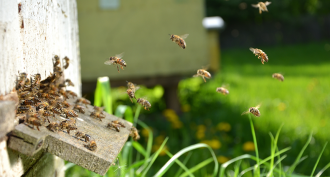 Animals
AnimalsWhat do animals do during a solar eclipse?
A citizen-science experiment used the Great American Eclipse of 2017 to gather the largest dataset ever of animal responses to a sun-block.
-
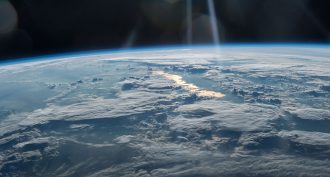 Earth
EarthScientists probe how an eclipse affects Earth’s atmosphere
Parts of the electrically charged layer of Earth’s atmosphere lose that charge in an eclipse. Scientists are studying how it might affect everything from GPS accuracy to earthquake prediction.
-
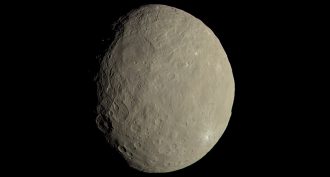 Planets
PlanetsEarly solar system may have slung giant mud balls
The first asteroids may have been great balls of mud. That could solve some puzzling traits of meteorites.
-
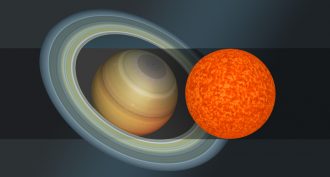 Space
SpaceNewfound stars rank as farthest and one of the smallest
Astronomers have found two stars for the record books — the most distant ever observed and one of the tiniest now known.
-
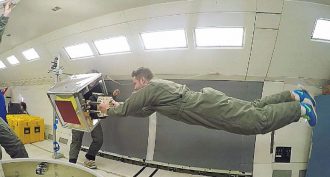 Space
SpaceRobot grippers imitate gecko feet to help nab space junk
NASA is testing robotic, gecko-inspired gripper hands that might one day help clean up space junk.
-
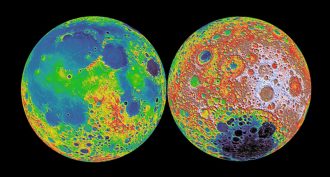 Space
SpaceEarly moon may have had metallic skies and gale-force winds
A glowing infant Earth could have heated the early moon’s metals to create an atmosphere.
-
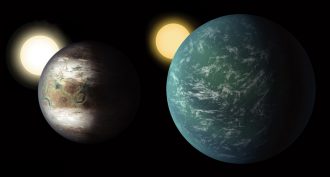 Planets
PlanetsSmall, distant worlds are either big Earths or little Neptunes
The Kepler space telescope data are in. They split Earth-like exoplanets into two groups and reveal 10 new rocky planets in the ‘Goldilocks’ zone.
-
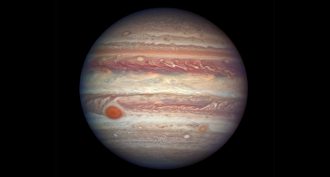 Planets
PlanetsJupiter may be the solar system’s oldest planet
Jupiter’s early existence may explain the odd arrangement of planets in the solar system, a new study suggests.
-
 Science & Society
Science & SocietyScientist profile: Leroy Hood
The inventor of the DNA sequencing technique, and Albert Lasker Awardee, embarks on the next big challenge.